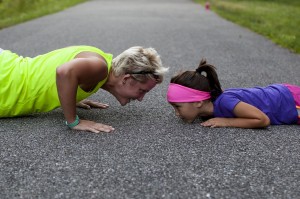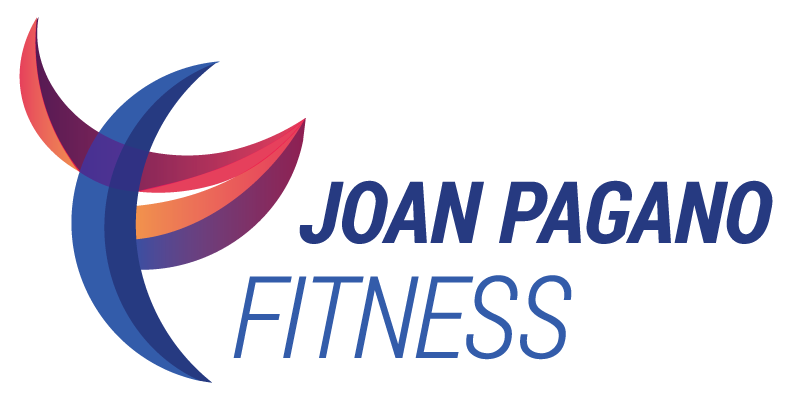Strength Training by the Decade
 Strength training sculpts the contours of your body and strengthens the bones within. By building lean body mass,it boosts your metabolism and your energy levels, making you resistant to the slow-down that occurs with age. A well-designed exercise program that includes weight training will impact your weight, health, fitness and well-being for decades to come.
Strength training sculpts the contours of your body and strengthens the bones within. By building lean body mass,it boosts your metabolism and your energy levels, making you resistant to the slow-down that occurs with age. A well-designed exercise program that includes weight training will impact your weight, health, fitness and well-being for decades to come.
At 20: A 20-year-old woman who does not lift weights will lose about 6 pounds of muscle and gain 5 pounds of fat by age 50. This means that even if you maintain your scale weight perfectly over time, subtle changes are occurring in your body composition that can affect your health and appearance.
At 30:Strengthening the muscles benefits the bones as well. Now is the time to put "bone in the bank" to fortify against the natural loss of bone that occurs gradually with age. By age 25 to 30 you’ve achieved your peak bone mass, the highest bone content you’ll have in your lifetime. Although bone continues to renew itself, from this time on you will experience a natural decline in bone density that accelerates at the time of menopause before leveling off again.
At 40: Turning 40 is a wake-up call as many women begin to notice changes in their bodies that sound the alarm. You may be perplexed by creeping weight gain and stubborn belly fat. At around age 40, most women start to lose bone and muscle mass causing a decrease in metabolism of about 5% every decade. The slower metabolic rate contributes to mid-life weight gain when you eat the same amount of food but don't burn all the calories consumed. Strength training revs up the metabolism by maintaining muscle.
At 50: What causes midlife belly? The average weight gain during perimenopause is 10 pounds, and there is a natural tendency to store fat in the abdominal area. The combination of age, hormones, and stress all contribute to belly fat. With age, a woman's level of estrogen declines and the male hormone testosterone becomes more prominent. This causes fat to migrate to the gut from other parts of the body. Stress reaction has a similar effect on fat distribution as it releases another hormone, cortisol, which also encourages fat storage in the belly. Women who lift weights gain less abdominal fat than those who don't.
At 60, 70 and beyond: Sarcopenia, the age-related loss of muscle mass and strength, causes a generalized slow-down. Between the ages of 50 and 70, women lose almost 30% of overall strength, with dramatic losses after age 70. The fast twitch muscle fibers shrink in size, causing not only a loss of muscle mass, but also a loss of power and energy levels. With advancing age, it becomes more critical to preserve your "functional independence" as measured by your ability to perform all your day-to-day activities, which together comprise a lifestyle.
Strength training is the key factor in an active aging process. Strong people are more able-bodied and self-sufficient. Studies show that lifting weights can improve your quality of life into your 80s and 90s. Steady exercise can help recover lost vitality, reverse physical frailty, and manage chronic health problems like osteoporosis, glucose intolerance and type 2 diabetes, arthritis, and heart disease. You are never too old to begin a weight-training program and the sooner you start, the longer you benefit.
(c) Copyright - Joan L. Pagano. All Rights Reserved Worldwide.
